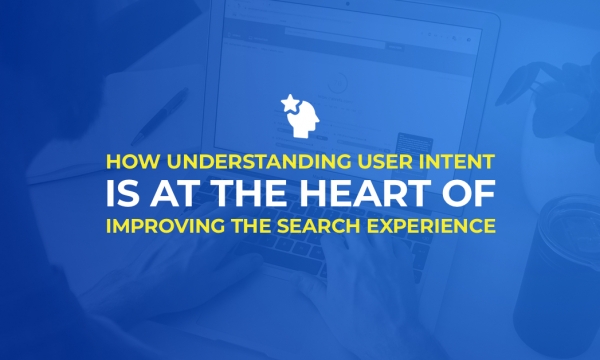Last month, Google announced that it will be “expanding the use of ‘mobile friendliness’ as a ranking signal” from April 21st, with the worldwide update expected to have a “significant impact” on search results.
Since the announcement, there have been a number of queries raised about the update, with some conjecture on just who might be affected by the change, and to what extent. Google held a Hangout on Wednesday (March 25) to address some of those queries and clarify the update.
Here’s what we know.
Mobile-friendliness is a ‘yes / no’ issue.

Either your pages are mobile friendly, or they aren’t. There are no sliding scales of mobile friendliness so, if your page doesn’t meet all of Google’s criteria, you weren’t earn that valuable mobile friendly tag.
However, Google was keen to stress that there are more than 200 different factors that determine site rankings, of which mobile friendliness will be just one. Understandably, there was no indication as to how much of a factor this would be, but it was suggested that useful, relevant sites that provide a good user experience may not necessarily suffer an overnight drop in rankings.
The full roll out could take up to a week
Google will begin a global roll out of the update on 21 April, but the update itself could take “maybe a week or so” to completely take effect. The advice here is to keep monitoring your mobile traffic in the weeks following April 21 to get a clearer picture of how your website may be affected.
Make sure you have the ‘mobile friendly’ tag before 21 April

Google has one advice piece of advice for checking whether your site is mobile friendly – Google yourself.
Sites that are considered to be mobile friendly will have a grey label next to their site description. If your search listing doesn’t have this, then Google doesn’t consider your site to be mobile friendly.
Google also has a Mobile Friendly Test tool allows site owners to get a quick mobile friendliness report for their site, which will highlight which aspects Google considers to be optimised for mobile and which it doesn’t. In simple terms, the test ranks four key areas

- Page avoids software that is not common on mobile devices, such as Flash,
- Page uses text that is readable without zooming,
- Page sizes content to the screen so users don’t have to scroll horizontally or zoom,
- Page places links far enough apart so that the correct one can be easily tapped.
Additionally, the Google Webmasters Blog provided a list of the most common mistakes that are likely to hamper your efforts in earning a mobile friendly tag. These include:
- Blocked JavaScript, CSS and image files
- Unplayable content
- Faulty redirects
- Mobile-only 404s
- App download interstitials
- Irrelevant cross-links
- Slow mobile pages
Find out more about the state of mobile search and app discovery by downloading our latest mobile intelligence report.



